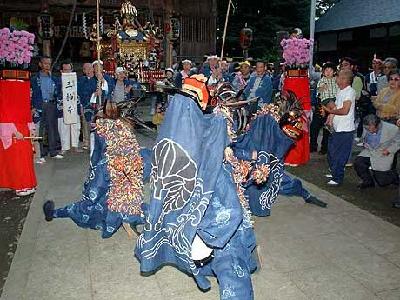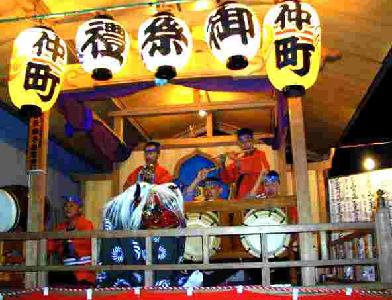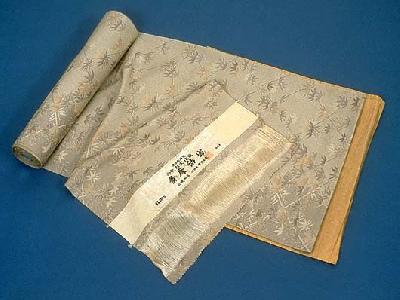Tama woven fabric is a practical textile woven in Hachioji or Akiruno in the Tokyo area.
Tama woven fabric is the general term for five fabrics: tama-yuijo, tsumugiori, futsuori, kawari-tsuduri and sujiriori. Tama woven fabric is the epitome of the history of fabric making in Hachioji.
Already by the late Heian period, silk fabrics such as Takiyama or Yokoyama-tsumugi were being made in Hachioji. In the late Muromachi period, the craftsman Hokujo came to Tama and encouraged people to produce fabrics; this made Tama a major textile-production area. After the Meiji period, Westernization led to a rapid development in cloth-weaving and a new technique was invented, which became the basis of Tama woven fabric.
Traditionally, Tama woven fabric was both tasteful and practical, but today, new sophisticated designs, feelings and skills mean that unique and excellent works are being produced by traditional handiwork. In 1980, the Ministry of International Trade and Industry designated Tama woven fabric as a Traditional Handicraft.















